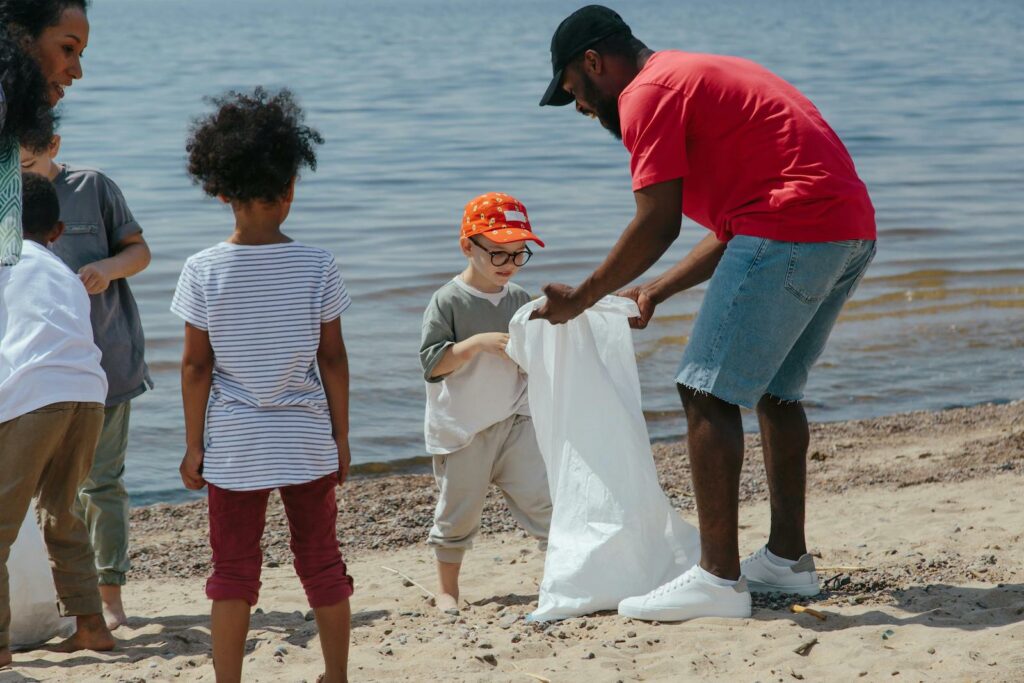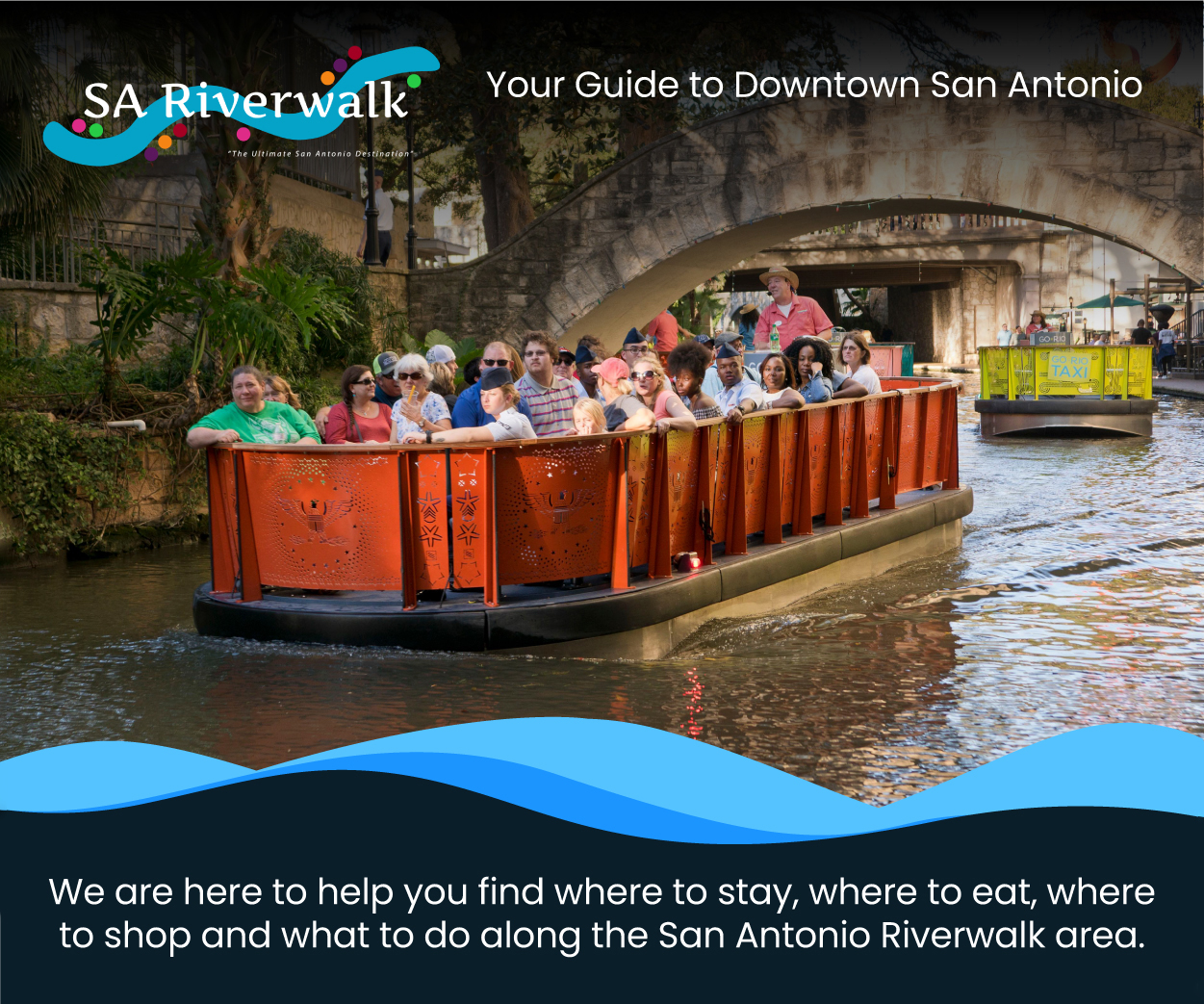This post was originally published on this site

Fostering Community Engagement in Students
Service learning is an educational approach that combines learning objectives with community service to provide a pragmatic, progressive learning experience while meeting societal needs. Private schools have increasingly integrated service learning into their curricula, seeking to instill a sense of civic responsibility and community awareness in their students. Through service learning, students in private schools can apply academic skills to real-world challenges, engaging with local communities to understand and address pressing issues.
In private school settings, service learning programs are often tailored to align with the institution’s educational philosophy and goals. These programs provide students with the opportunity to work on community projects that reflect their interests and the school’s mission. By participating in service learning, students develop critical thinking, collaboration, and leadership skills, which are essential for their personal growth and future success.
Service learning in private schools also supports the development of empathy and social awareness. As students work on projects such as environmental conservation, tutoring, or assisting the elderly, they learn about the diversity of community needs and the impact of their contributions. This hands-on approach to education not only enriches the learning experience but also fosters a lifelong commitment to community service and social responsibility among students.
Fundamentals of Service Learning
Service learning combines academic learning with community service. It emphasizes reciprocal learning and addresses community needs.
Definition and Key Principles
Service learning is an educational approach that integrates community service with instruction and reflection to enrich the learning experience, teach civic responsibility, and strengthen communities. Key principles include:
- Integration: Service learning must be tied directly to curriculum.
- Reciprocity: Both students and the community should benefit and learn from the service.
- Reflection: Students need to reflect on their experiences to gain deeper understanding.
History of Service Learning in Education
Service learning in education has evolved over time, with roots traceable to the progressive education movement of the early 20th century. Significant milestones include:
- 1930s: John Dewey’s advocacy for experiential learning augments interest in service learning.
- 1960s-70s: The civil rights movement and social activism stimulate service learning initiatives.
- 1980s-Present: Service learning becomes institutionalized in education through federal funding and the establishment of organizations like Campus Compact.
Service Learning in Private School Curriculum
Service learning is increasingly woven into the fabric of private school education, aiming to blend academic instruction with meaningful community service. This integration not only enriches the curriculum but also fosters a sense of social responsibility among students.
Curriculum Integration Approaches
Private schools adopt various strategies to incorporate service learning into the curriculum. Some schools offer specific courses that focus on community service, embedding service projects directly into the academic content. For instance, a social studies class may partner with a local nonprofit organization to address issues like homelessness, allowing students to apply their learned theories in real-world contexts. Other schools opt for an interdisciplinary approach, where service learning is integrated across multiple subjects. For instance, in language arts, students might develop communication skills by creating promotional materials for community events.
Benefits for Students and Schools
Service learning provides a host of benefits for both students and private schools. Students gain hands-on experience, enhancing their understanding of course material while developing empathy and leadership skills as they work on community projects. Engagement in real-world applications can often lead to a deeper understanding of academic content. For the schools, service learning initiatives can showcase a commitment to societal concerns, strengthening the school’s reputation and appealing to parents seeking well-rounded education for their children.
- Critical Thinking: Students apply classroom knowledge to solve practical problems.
- Civic Engagement: Encourages lifelong involvement in community service.
Challenges and Considerations
Implementing service learning in the private school curriculum is not without its challenges. One primary consideration is the alignment of service projects with academic objectives to ensure that the activities are educational and not just voluntary. Schools must also be mindful of the resources required, such as faculty training and community partnerships. Balancing the academic content with the service components so that neither is compromised also demands careful planning and execution.
- Resource Allocation: Time and funding needed for program setup and maintenance.
- Assessment: Developing methods for evaluating students’ service learning experiences.
Community Partnerships and Engagement
Private schools often foster strong community partnerships, creating a network of support for service learning initiatives and benefitting both students and local organizations.
Establishing Community Relationships
Private schools typically initiate service learning by identifying local nonprofits, charities, or community groups that align with their educational values. For example, a school may partner with a local food bank to provide student volunteers. They actively seek organizations where students can contribute meaningfully, ensuring that the needs of the community and the educational goals of the school are met.
- Organizations Private Schools May Partner With:
- Local Food Banks
- Habitat for Humanity Affiliates
- Environmental Conservation Groups
- Senior Care Centers
- Youth Mentoring Programs
Collaborative Projects and Outcomes
Through collaborative projects, students apply academic concepts to real-world issues. They may work with local environmental organizations on conservation efforts, resulting in tangible outcomes like restored habitats or cleaner public spaces. These projects often involve the following steps:
- Identifying community needs through research and dialogue
- Designing and implementing a plan of action
- Reflecting on the experience and its broader implications
Example Project:
- Project Name: Urban Garden Initiative
- Community Partner: Green City Gardens
- Student Involvement: Design, Creation, Maintenance
- Outcomes:
- A community garden established in an under-utilized urban space
- Increased access to fresh produce for local residents
- Educational workshops on sustainable gardening for students and community members
Through such projects, students gain hands-on experience while providing valuable service to their community.
Program Evaluation and Impact Assessment
Evaluating service learning programs in private schools involves analyzing their effectiveness and the extent to which they benefit students and the community. Assessment strategies are employed to gauge these aspects, while considering the long-term impact is crucial for sustainability.
Assessment Strategies
Schools implement a variety of assessment strategies to measure the success of service learning programs. Quantitative data is collected through surveys, which may include questions on the number of hours volunteered, the types of services performed, and the number of people served. Qualitative measures involve student reflections, interviews, and case studies that provide deeper insights into the experiences and perceptions of participants.
- Surveys: Yields statistical data for straightforward analysis.
- Interviews: Offers detailed personal accounts of experiences.
- Reflections: Encourages critical thinking and personal growth observations.
Long-term Impact on Students and Community
The long-term effects on students involve both personal and academic growth. Students often develop a greater sense of social responsibility and improved interpersonal skills. Meanwhile, the community benefits from ongoing support that addresses local issues.
- Students: Enhanced empathy, leadership skills, and civic engagement.
- Community: Stronger relationships with schools and access to valuable resources and assistance.




